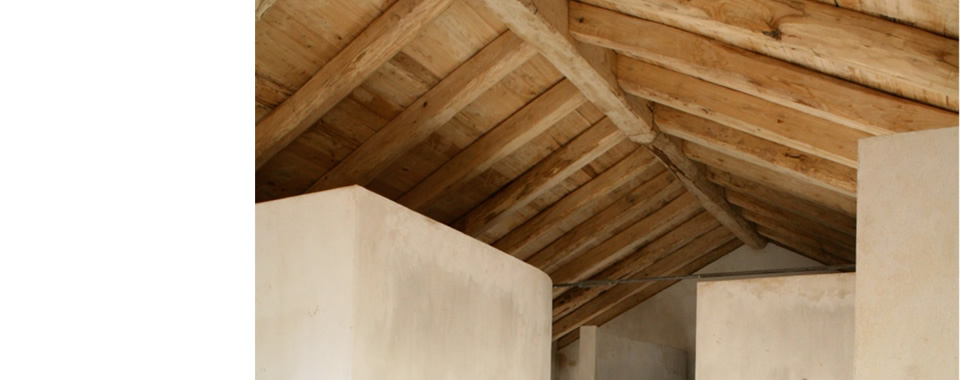

Score - Sustainable Construction in Rural and Fragile Areas for Energy efficiency
Guidelines for Integrated territorial Planning:
System (heating, conditioner)
The following guidelines come from a deep analysis of case studies, norms, and regulations, relating at both national and regional levels. This analysis is summarized in a card that can be downloaded in French language.
The strategy to reduce energy demand in the building is :
- Limit the needs,
- Re-use the heat generated by the building,
- Use renewable energy,
- Ensuring the extra required to meet a given level of comfort.
As part of the second stage, a simple and effective solution is to recover the calories on wastewater, often heated between 25 ° C and 30 ° C. Solutions exist, and are suitable for all cases, to the house from an aquatic center, to the hairdresser from a small shop. To be effective a specific study should be realized, to design the correct amount of water stored to meet the needs of the building. However, many summer resorts in the Mediterranean region are large consumers of hot water, and sanitary standards require them to frequently re-employ bathing water. In this context the heat recovery is a very effective and inexpensive solution.
Indication for the bio-construction action plan
Pursuant to the guidelines written above, are here synthetically reported the criteria/examples for pilot projects to be financed in MED territory, in relation with the specific treated theme. These criteria/examples, together with the ones resulting from all the themes of eco-construction tool matrix, will make up a Bio-construction Action Plan for each partner countries. Communication actions and information will have to be done in these countries, because this solution shows benefits greater than the sun at certain latitudes. Subsidies or grant tax credits to renewable energy systems could be extended to this kind of technology.
Possible criteria for MED bio-housing quality certificate
Certifications applicable in France are French certification HQE (Haute Qualité Environnementale), English one (BREEAM), American LEED and local certification as Qualité Environnementale on Région Rhône-Alpes or démarche BDM (Bâtiment Durable Méditerranéen) in region PACA. Most of environmental certifications are often based on performance requirements, not the means, especially on the energy performance. However the requirement to achieve a balance of calories consumed by a building and those produced, would allow an awareness of designers on the utility to recover the calories.
Case studies
- Fondation Sansouire – diagnostic énergétique de La Tour de Valat
- Office du Tourisme d’Alès – L’ancienne chapelle des Cordeliers à Alès
